Food trends come and go, with some catching on due to social media influencers or viral marketing campaigns. While many trends seem enticing and innovative, some end up being more hype than substance. Here’s a look at 10 food trends that aren’t quite living up to the buzz—and why you might want to skip them.
1. Activated Charcoal

The use of activated charcoal in smoothies, lattes, and ice creams has become a popular trend, often marketed for its detoxifying benefits. However, there is limited scientific evidence to support these health claims. Its primary role in food is to provide a dramatic black color, not to cleanse the body. In fact, consuming activated charcoal in large quantities could interfere with the absorption of important nutrients and medications, potentially leading to negative health effects.
2. Avocado Toast
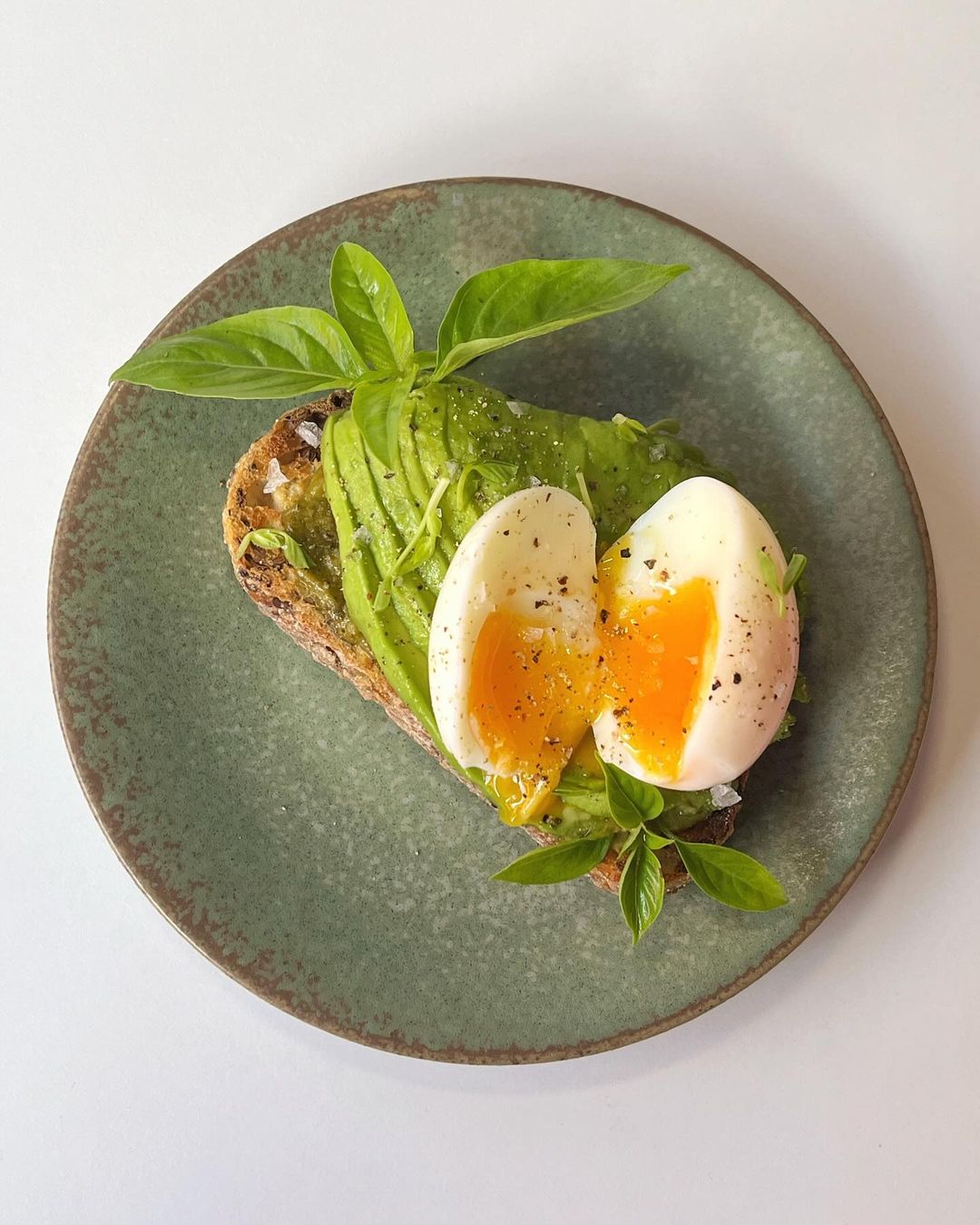
While avocado toast became a staple for many health-conscious eaters, it’s far from a revolutionary dish. The trend often involves slapping mashed avocado on a piece of toast, sometimes with extra toppings like poached eggs or feta. While it’s a nutritious snack, it’s also easy to prepare and doesn’t offer anything new in terms of flavor or creativity. Its widespread popularity has made it less of a trend and more of a basic, go-to breakfast option.
3. Plant-Based Meat Alternatives

Plant-based meats like Beyond Meat or Impossible Burger may sound like a great option for vegetarians or vegans, but they aren’t always the healthiest choice. These alternatives are often heavily processed and packed with additives to mimic the taste and texture of real meat. While they can offer a more sustainable option compared to animal meat, they’re not necessarily better for your health. Whole plant-based foods like beans, lentils, and grains are a far more nutritious way to go if you’re seeking plant-based meals.
4. Bone Broth

Once hailed as a superfood with miraculous benefits, bone broth was thought to improve everything from skin health to gut function. However, many of these claims lack strong scientific support. While bone broth does contain collagen and some minerals, its health benefits are often overstated, and store-bought versions can be high in sodium. For optimal health, it’s better to focus on a balanced diet that includes a variety of whole foods, rather than relying on a single trendy food.
5. CBD-Infused Foods

CBD, derived from hemp, has been infused into everything from coffee to snacks to beauty products. While some studies show that CBD may have therapeutic effects, there’s no clear consensus on how effective it really is for specific health concerns. Many of the CBD-infused foods on the market contain such small amounts of CBD that they likely won’t have any noticeable effects. Plus, the unregulated nature of CBD products can lead to inconsistent dosages.
6. Gluten-Free for Everyone
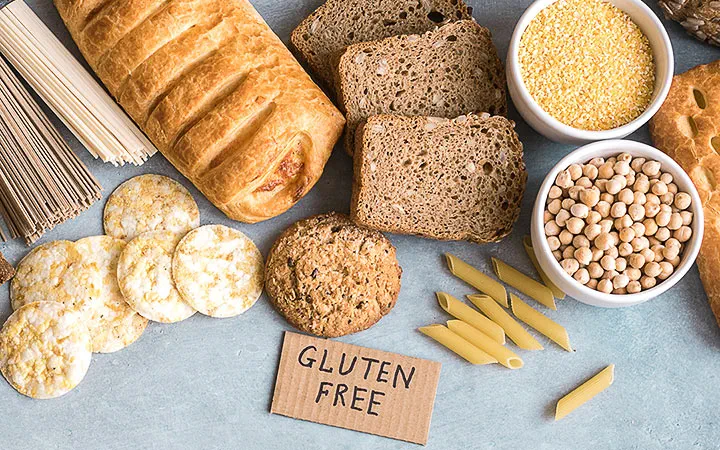
Gluten-free diets have become increasingly popular, even among people without gluten sensitivity or celiac disease. While it’s essential for those with gluten intolerance to avoid it, there’s no need for most people to cut gluten out of their diet. In fact, many gluten-free products are highly processed and lack the nutritional value of their gluten-containing counterparts. Unless you have a medical reason, there’s no need to follow the gluten-free trend.
7. Rainbow Foods
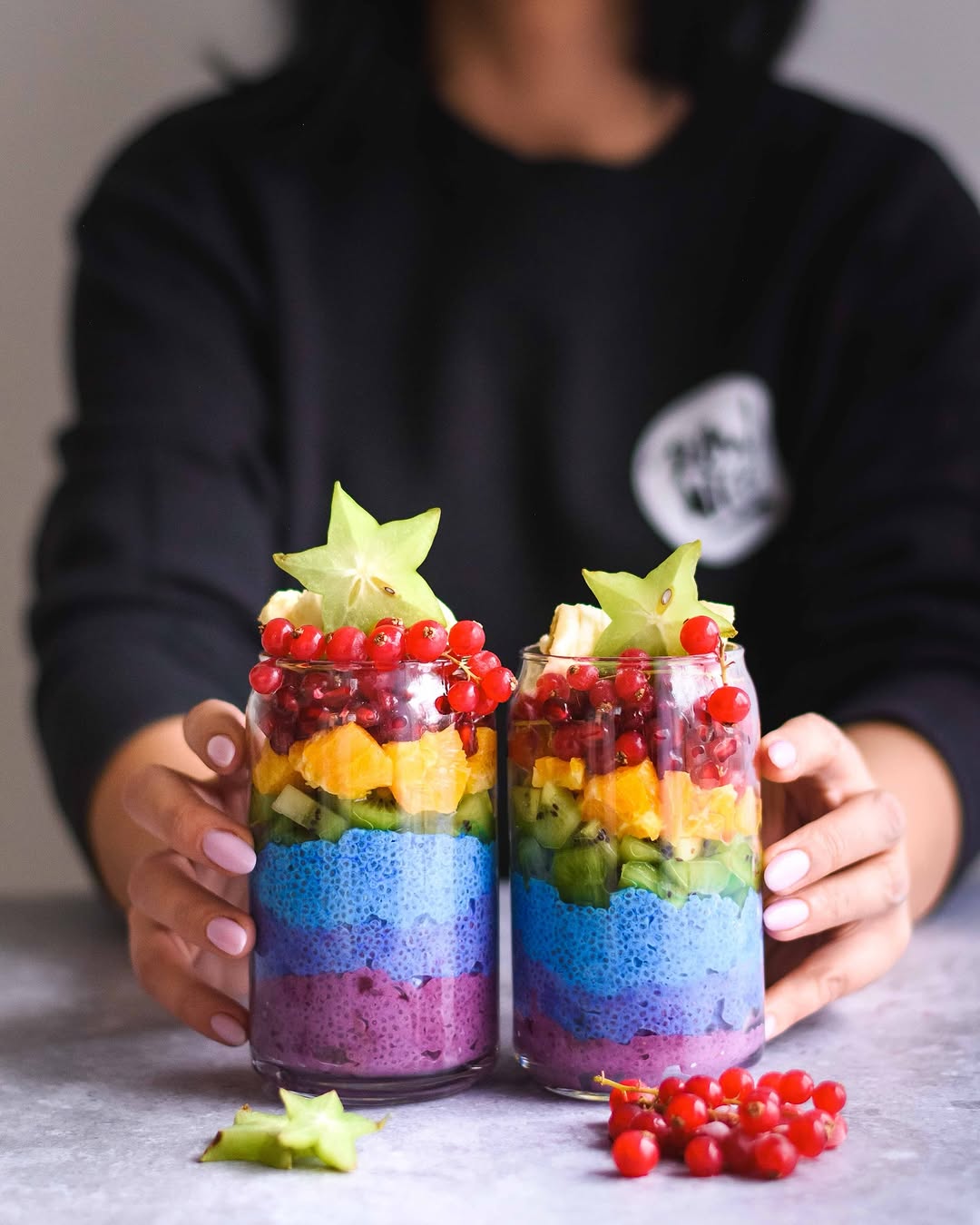
From rainbow bagels to multi-colored smoothies, the trend of eating foods that mimic a rainbow has been all the rage. While these vibrant foods look appealing in photos, many of them are loaded with artificial dyes, sugars, and processed ingredients. The focus on color over nutrition often means these foods are more about aesthetic appeal than actual health benefits. Choosing naturally colorful foods like fruits and vegetables without artificial additives is a much healthier way to enjoy vibrant meals.
8. Smoothie Bowls
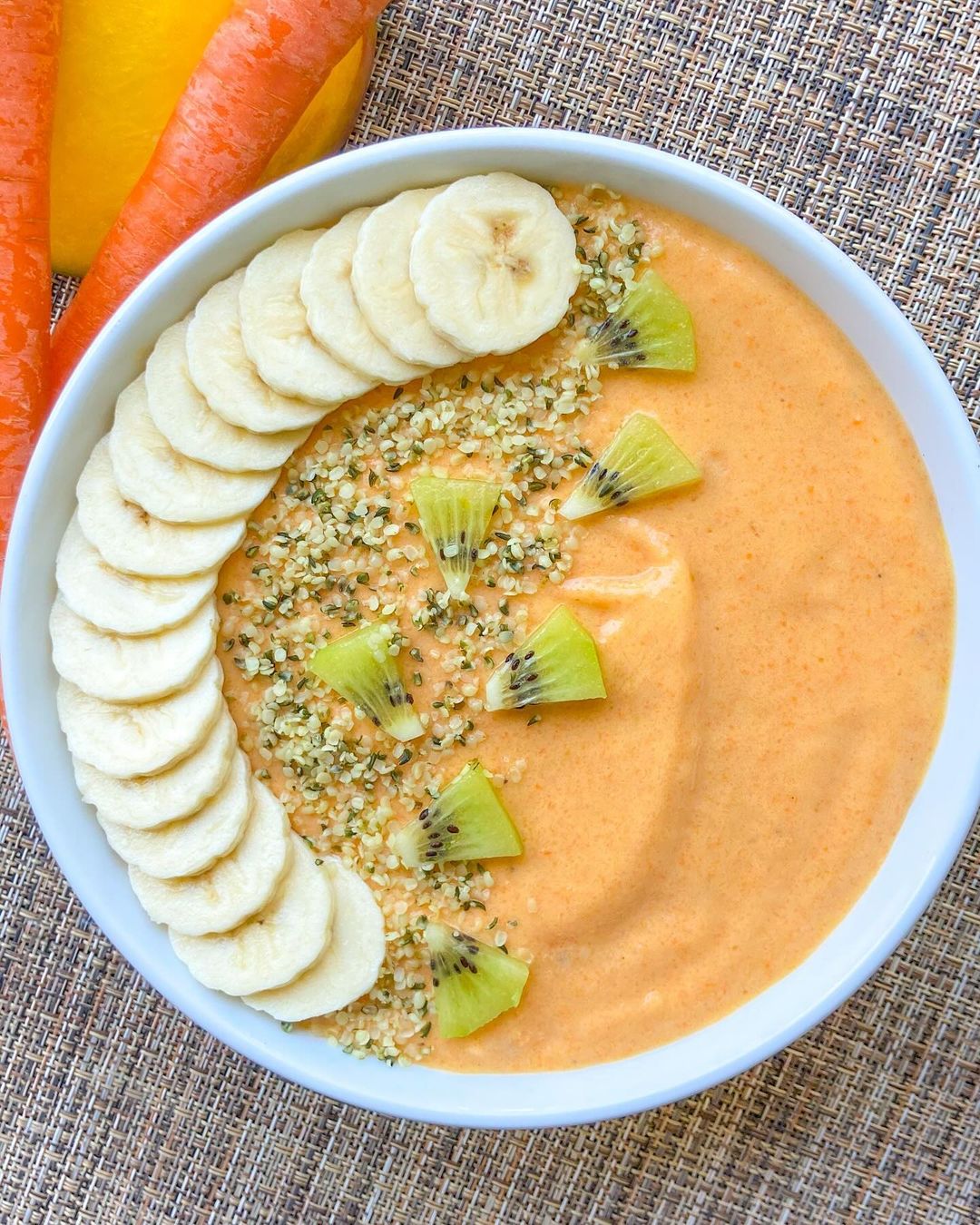
Promising a fun and nutritious breakfast or snack, smoothie bowls quickly took the internet by storm. However, when topped with sugary granola, coconut flakes, and honey, they can easily become calorie-dense and high in added sugar. What was intended as a healthy meal often turns into more of a dessert. For a simpler and more balanced way to enjoy the trend, opt for smoothies in a glass, where you can better control the ingredients and avoid excess sugar.
9. Edible Insects
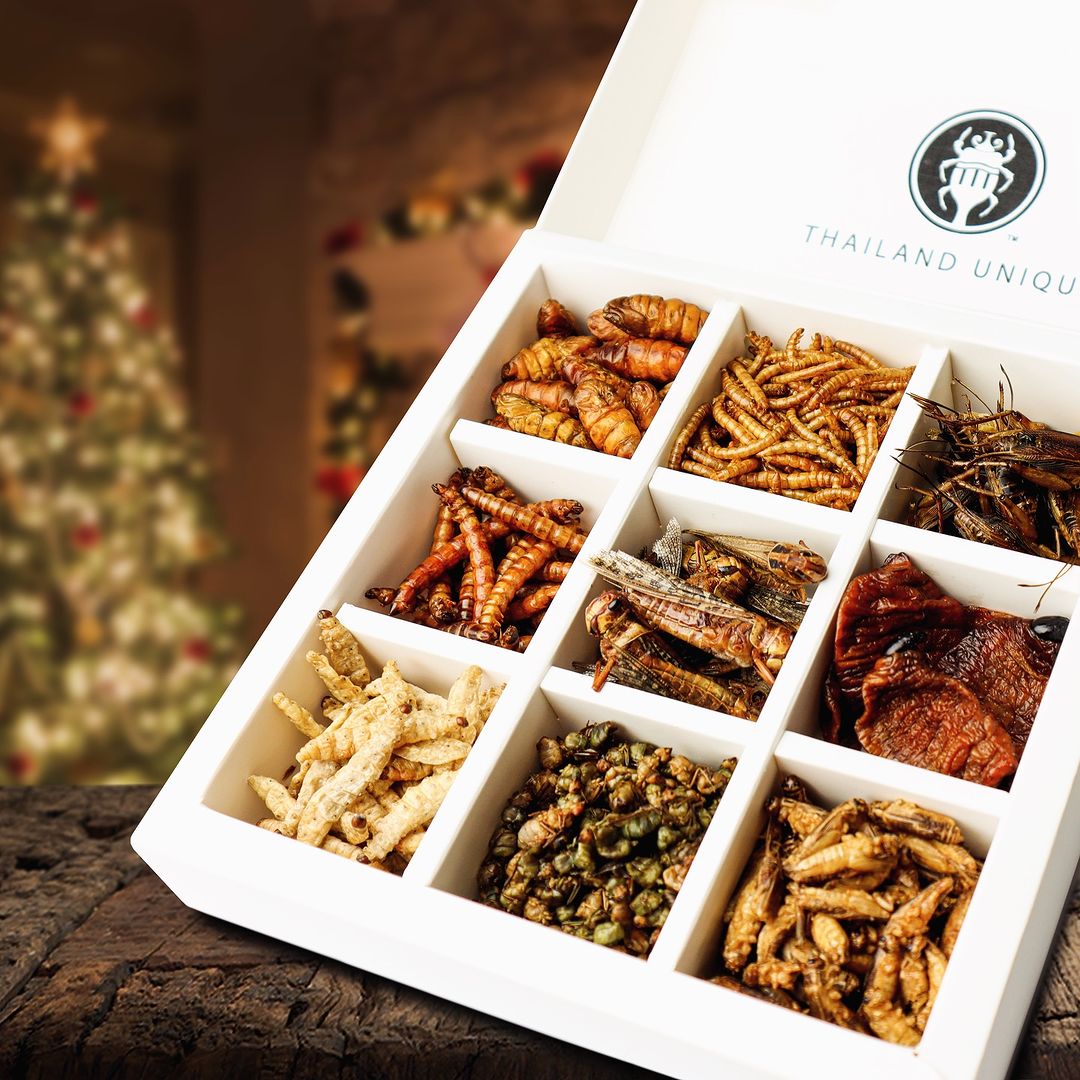
While edible insects are a sustainable protein source in many parts of the world, they haven’t quite taken off as a mainstream trend in Western diets. The concept may sound innovative, but for most people, the texture and taste of bugs are difficult to get past. While they may be environmentally friendly, there are plenty of other sustainable protein options, like beans and legumes, that don’t come with the same “yuck” factor.
10. Low-Carb Everything
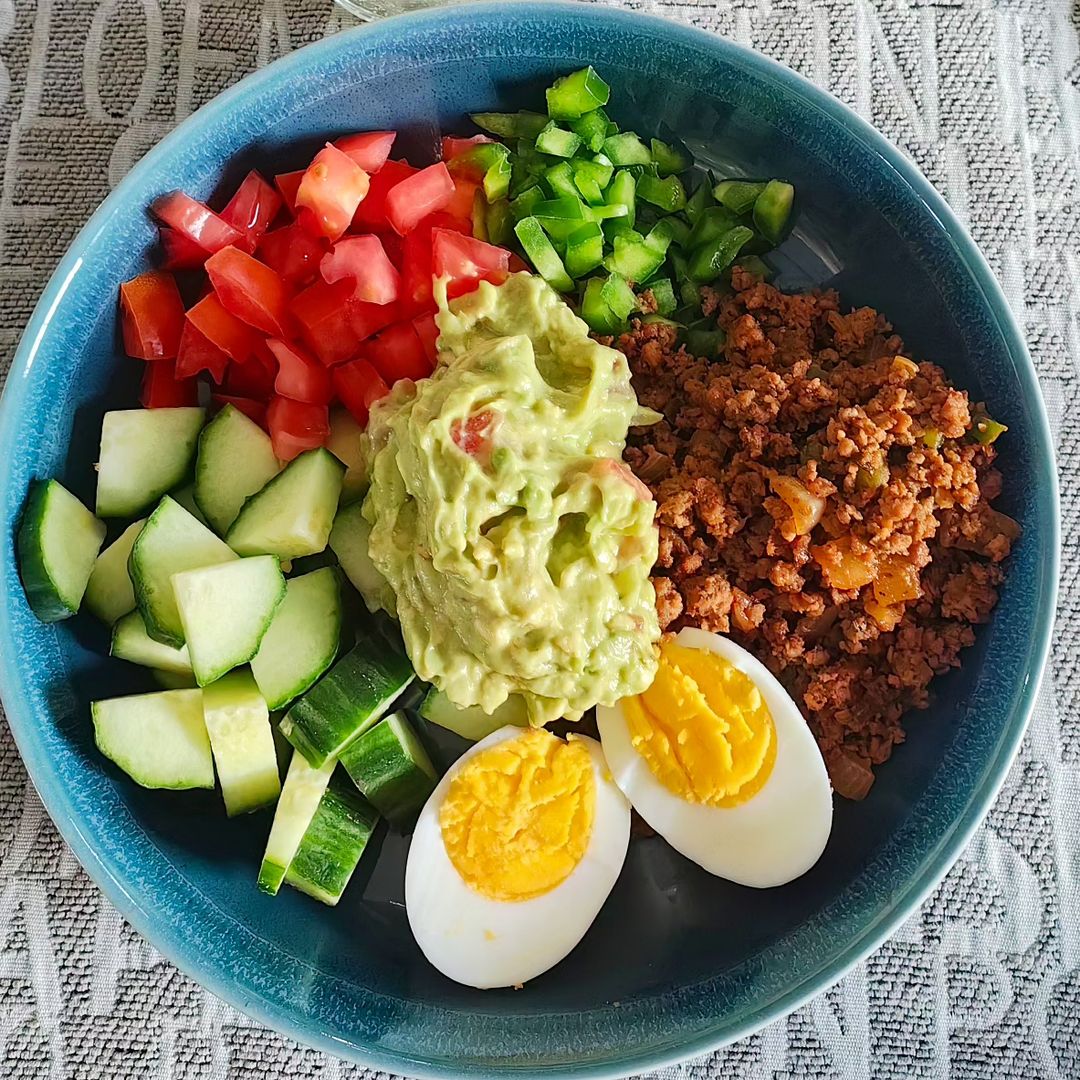
The low-carb diet trend has been popular for years, with people swearing by it for weight loss and health benefits. However, not all carbs are created equal. Whole grains, fruits, and vegetables provide essential nutrients that a strict low-carb diet often eliminates. Cutting out entire food groups can lead to nutrient deficiencies, and there’s little evidence that a low-carb diet is healthier in the long term. Instead of restricting carbs, aim for a balanced diet that includes whole, nutrient-dense carbohydrates.,
Food trends can be exciting, but they don’t always deliver the results they promise. From dubious health claims to overhyped ingredients, it’s essential to approach trends with a critical eye. While some trends are worth exploring, focusing on whole, nutritious foods is often a more reliable and sustainable way to support your health.
Leave a comment